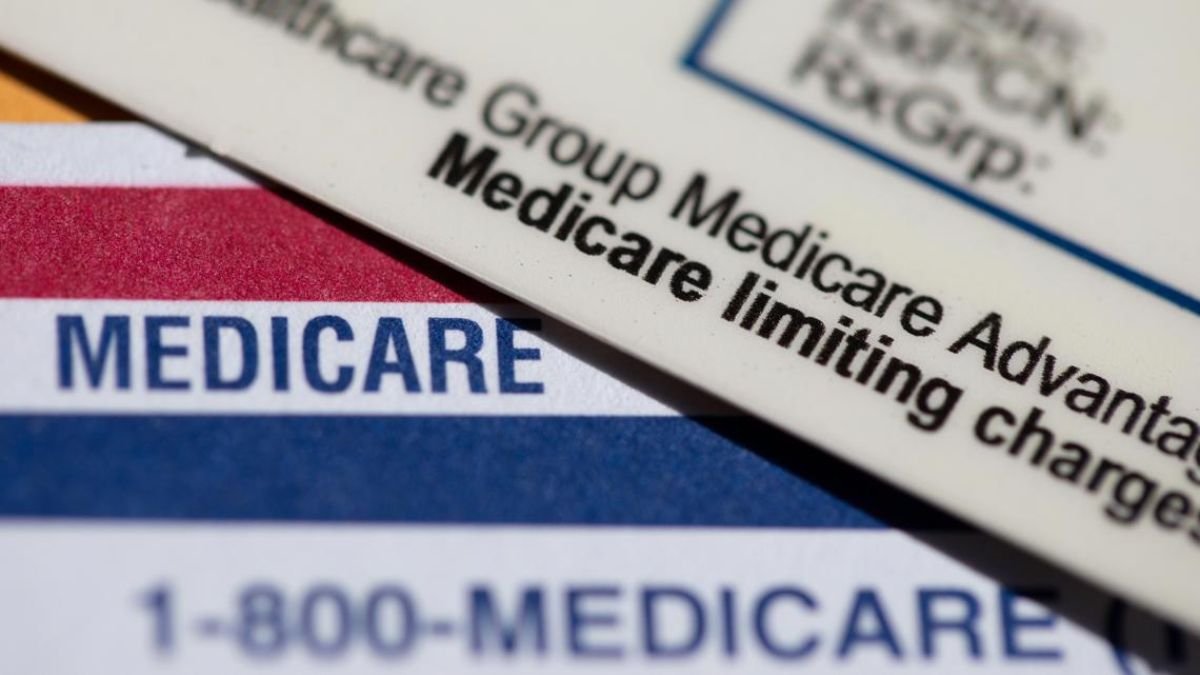It has millions of senior citizens and retirees in the U.S. alone, but it is not only in millions in India. India’s Medicare provides alive life to some people; the only health insurance scheme that is capable of supporting and carrying on its existence with health care. It covers the broadest array of health care services: routine outpatient medical care and even home service, including preventive services.
CMS amends premium and deductible for Medicare Part B every year. These revisions are made to a certain amount yearly to account for the increment in medical services, drug prices, and, increasingly, the pressures it places on governments about health systems. Over time, small adjustments at this end induce an effect that is most visible on Part B premiums by about 2026.
Surely, this will affect all Original Medicare members and any plans adopted in the Medicare Advantage plan for which Part B premiums get paid.
Backdrop of the Impending Change
Health care worsens yearly in the U.S. Now and in the future, populations are aging, feepay schedules for specialist physicians are tightened, new treatments emerge, and the costs associated with maintaining hospitals skyrocket and add to the build-up of huge increases in expenditure across the whole Medicare system. In some respect, an increase in Medicare Part B premiums can be regarded as not completely unexpected at intervals. But the scale of such increases will dramatically depend on a myriad of economic factors
Public keeps premium amounts for the next year by the CMS within the fall months. This means so that part B will finally be Fixed at around October 2025, and the 2026 component is already done. Current estimates indicate, however, quite modest increases in premium levels for 2026.
Predicted Monthly Premiums for 2026
In 2025, the standard average Medicare Part B premium was 179.80 dollars; estimates for 2026 indicate that it will go further up between 186 and 190 dollars
It is not much, but much for these seniors who usually rely on very little income or Social Security benefits. Likewise, higher-income individuals would incur higher premiums.
Medicare Part B levies that basic premium plus Income-Related Monthly Adjustment Amount, which is an adjustment factor that varies the monthly premium based on income. Therefore, above-average annual income translates into relatively exorbitant premium costs.
Principle Under Which Income Can Determine Projected Rates
| Annual Income (Single) | Annual Income (Married Filing Jointly) | Estimated Monthly Premium (2026) |
|---|---|---|
| Less than or equal to $103,000 | Less than or equal to $206,000 | $186-190 (Standard) |
| $103,001-$129,000 | $206,001-$258,000 | $264+ |
| $129,001-$161,000 | $258,001-$322,000 | $330+ |
| $161,000 and beyond | $322,000 | $395+ or much more than |
From the above, one can appreciate how high-income earners will be burdened considerably by the premiums tied to Medicare Part B, but they will be able to absorb the impact better than relatively poorer counterparts.
Annual Deductible Adjustments
What shall also be important is to know what alterations have happened with respect to the annual deductible?
Medicare Part B deductible is that dollar amount which you are required to pay out-of-pocket before Medicare pays for your services. This was $240 in 2025 but will likely rise to about somewhere in the area of $250-$255 next year.
Most would pay 20% of the amount that is Medicare-approved, after the deductible has been satisfied. The 20% is better known as “coinsurance,” which is a considerable portion of the out-of-pocket expenses incurred by the patient .
How Are the Premiums Deducted?
The premiums are deducted from Social Security, Railroad Retirement Benefits, or OPM (Federal employee retirement benefits) monthly. Otherwise, you will get a premium bill every three months. When you have only a slightly higher increase in your Medicare premiums but a much higher increase in the cost of living in your Social Security retirement, the net reduction in your Social Security benefit may be that amount of the increase
What May Be Done About Rising Costs?
Medicare Savings Programs offer assistance to low-income elderly and disabled persons regarding payments of their Part B premiums. These state-administered programs have income and eligibility asset limits for applying persons.
Some selected low-cost supplemental Medicare Advantage (Part C) plans offer extra benefits and a tight cap on out-of-pocket limit but may impose networking restrictions, so careful comparisons are essential. Best to review your plans through the annual Medicare Open Enrollment Period that runs every fall.
Conclusion
For some people, such a similar $10 increase in most 2026 Medicare Part B premiums will not matter; however, it will matter a lot to older people and low-income individuals with budgets severely constrained.
Hence, such cases make it very necessary for one to be vigilant on news regarding any changes that concern premiums and deductibles, which will be finalized in October 2025. Medicare is not just a health insurance program; it is also a security and supportive system for older Americans. All senior citizens must therefore understand the financial implications accordingly and prepare ahead.
FAQs
Q1. Will Medicare Part B premiums increase in 2026?
Yes, premiums are expected to rise slightly, with final rates confirmed in October 2025.
Q2. Who pays higher premiums under Medicare Part B?
Individuals with higher annual incomes pay more due to the IRMAA surcharge.
Q3. How is the Medicare Part B premium paid?
Most beneficiaries have premiums deducted automatically from their Social Security benefits.
